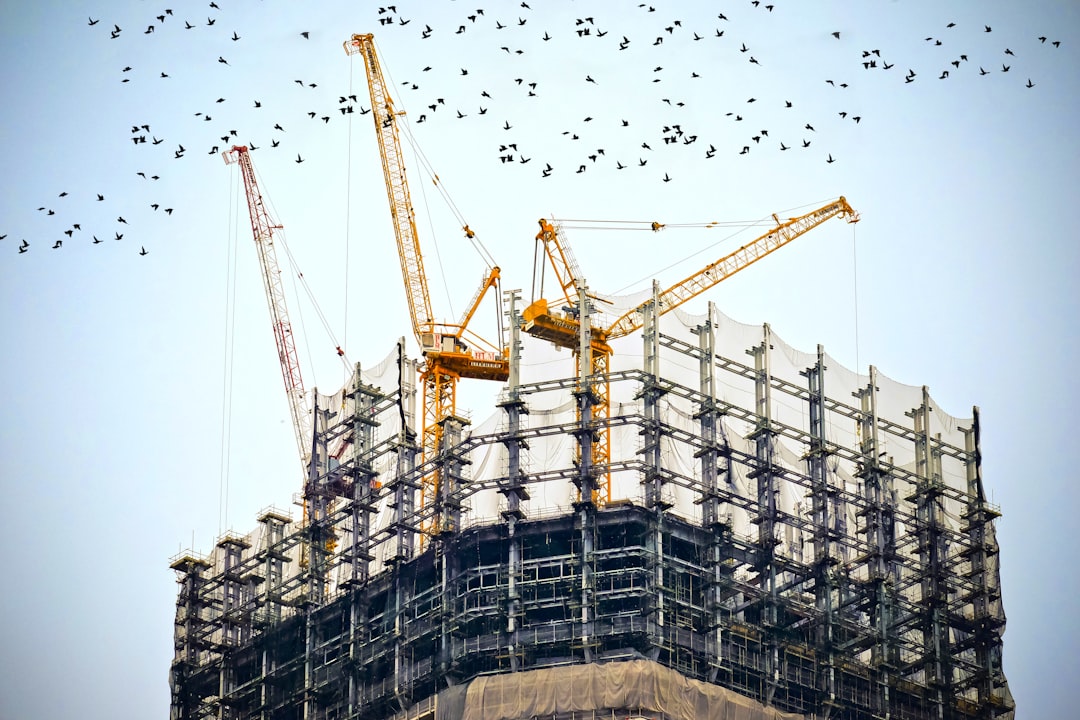The construction industry, traditionally reliant on manual labor and analog systems, is undergoing a technological revolution, largely driven by the integration of the Internet of Things (IoT). By connecting equipment, workers, and systems through smart devices and sensors, IoT is reshaping construction site operations in ways that improve efficiency, enhance safety, and reduce costs.
The Impact of IoT on Construction Efficiency
Construction sites are notorious for delays and cost overruns, often due to miscommunication, equipment failures, or inefficient workflow coordination. IoT addresses these issues through real-time data collection and automated processes. Smart sensors embedded in construction machinery can monitor fuel consumption, detect mechanical issues before they result in breakdowns, and measure usage efficiency.
Moreover, IoT-enabled scheduling systems help project managers optimize equipment and worker allocation. This reduces idle time and ensures that resources are used efficiently. With real-time updates, managers can quickly respond to emerging issues and minimize their impacts on project timelines.

Enhancing Worker Safety with Smart Technology
Worker safety is a top concern in construction, one of the most hazardous industries globally. IoT technology is playing a pivotal role in reducing accidents and improving workplace conditions. Wearable devices such as smart helmets and vests equipped with sensors can monitor a worker’s vital signs, fatigue levels, and location.
These devices can alert supervisors if a worker is at risk of heatstroke, has fallen, or is in proximity to hazardous zones. In addition, IoT-connected machinery can automatically shut down if a person enters a dangerous area, preventing potential injuries. These proactive safety measures significantly reduce the risk of workplace incidents.
Environmental monitoring is another crucial aspect. IoT sensors can detect harmful levels of gases, excessive dust, or unsafe noise levels, providing early warnings that allow timely intervention to protect workers.
Remote Monitoring and Site Management
One of the significant advantages IoT offers is the ability to manage sites remotely. Construction managers can monitor multiple job sites from a centralized dashboard. Drones combined with IoT sensors can provide a bird’s-eye view of the construction zone, sending real-time updates on progress, environmental conditions, and worker movements.
This level of visibility allows stakeholders to make informed decisions quickly. It also reduces the necessity for frequent site visits, saving time and travel resources. Managers can ensure compliance with regulations and internal policies from virtually anywhere—bringing flexibility and scalability to project oversight.

Inventory Tracking and Asset Management
Inventory mismanagement can lead to project delays and financial losses. IoT helps by offering real-time tracking of materials, tools, and equipment. RFID tags and GPS trackers can monitor the location and usage of materials across the site. This minimizes theft and ensures critical resources are always accounted for.
Automated reordering systems connected to IoT devices can also trigger supply chain notifications when stocks are low, ensuring timely procurement. This reduces downtime caused by missing parts and materials and improves overall project logistics.
Predictive Maintenance and Cost Control
Decisions driven by IoT data analytics help construction firms adopt predictive maintenance strategies. Rather than reacting to equipment failure, IoT devices can identify signs of wear or performance degradation. This allows timely maintenance, which extends equipment lifespan and reduces the total cost of ownership.

These smart maintenance practices not only prevent unnecessary repair costs but also avoid project delays caused by unexpected breakdowns. When such strategies are adopted consistently, they can result in substantial cost savings over the course of a project.
Conclusion
IoT is not just a technological trend but a game-changer for the construction industry. From improving efficiency and safety to optimizing asset use and remote management, its applications are both diverse and impactful. As construction projects become more complex, embracing IoT is essential for firms aiming to stay competitive and deliver high-quality results on time and within budget.
FAQs
- What is IoT in construction?
IoT (Internet of Things) in construction involves using connected devices and sensors to monitor and manage equipment, workers, and environmental conditions on construction sites. - How does IoT improve safety at construction sites?
IoT improves safety by enabling wearable devices that monitor vital signs, detect fatigue, and provide alerts for hazardous situations. It also supports environmental monitoring and machine safety protocols. - Can IoT help reduce construction costs?
Yes, by improving efficiency, enabling predictive maintenance, and optimizing resource use, IoT significantly reduces waste and operational costs on construction sites. - Is IoT difficult to implement on construction sites?
While it requires an initial investment in technology and training, IoT is scalable and adaptable to various project sizes and needs. Many providers offer solutions tailored for easy integration. - What are some examples of IoT devices used in construction?
Examples include smart helmets, wearable vests, GPS trackers, RFID-tagged materials, drones, and sensor-equipped machinery.



